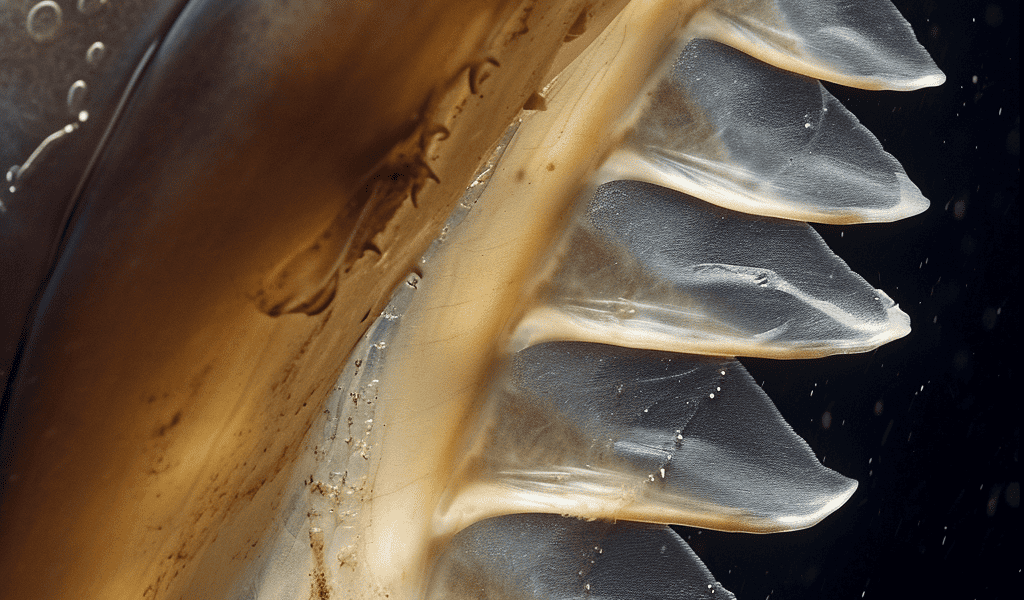Week’s topLatest newsUnread newsSubscribeScience X AccountRemember meSign InClick here to sign in with or Forget Password?Not a member? Sign upLearn moreNanotechnologyPhysicsEarthAstronomy & SpaceChemistryBiologyOther Sciences Medicine Technologyshare this!HomeBiologyPlants & Animals
JANUARY 9, 2024 DIALOG Editors’ notes
Resilience in the depths: Silky shark regenerates wounded dorsal finby Chelsea Black
Progress of dorsal fin healing over 332 days. Credit: Chelsea Black with photos by Josh Schellenberg and John Moore
A skin resembling armor, rapid healing abilities, continuous tooth renewal and the capability for limb regeneration—this might sound like the description of a creature from a superhero film. Surprisingly, these are standard features of a well-known animal: sharks.
These remarkable adaptations contribute to their prowess as formidable predators and their resilience as inhabitants of aquatic environments. Although these distinct traits may seem straight out of a superhero narrative, they are widespread among shark species in our oceans. I documented the first case of dorsal fin regeneration in a silky shark (Carcarchinus falciformis), a rare phenomenon in sharks.
Millions of years of evolution
So how did sharks become so specialized? Sharks have been evolving on Earth for more than 400 million years and even pre-date trees. Of course, the sharks you know today are vastly different from those roaming the ocean millions of years ago, but one thing remains stable—sharks continue to evolve to endure and thrive in a challenging environment.
There are several traits that make sharks stand out in the marine world as highly evolved predators. Sharks can regenerate an endless supply of functional teeth for hunting and feeding, possess unique blood clotting mechanisms that allow them to quickly recover from blood loss, and their skin is even made up of tiny, armor-like scales that protect them from bio-fouling and outside infection. Although sharks have been around longer than humans, scientists are still discovering new, unique adaptations that contribute to their rapid wound healing.
Silky shark regenerates mutilated fin
Recently, I documented the first case of dorsal fin regeneration in a silky shark (Carcharhinus falciformis) in a study published in the Journal of Marine Sciences. The discovery came after satellite tags (small GPS trackers) were placed on 10 silky sharks in Jupiter, Florida, for part of my Ph.D. research in the summer of 2022.
Shortly after the tagging expedition, a local diver and photographer contacted me with photos of a shark with a large wound in the dorsal fin. The wound was the exact shape of a satellite tag and looked like a person had carefully cut around it and removed the tag. Each satellite-tagged shark also received a plastic ID tag that sits underneath the dorsal fin, which remained on this shark and allowed me to confirm





